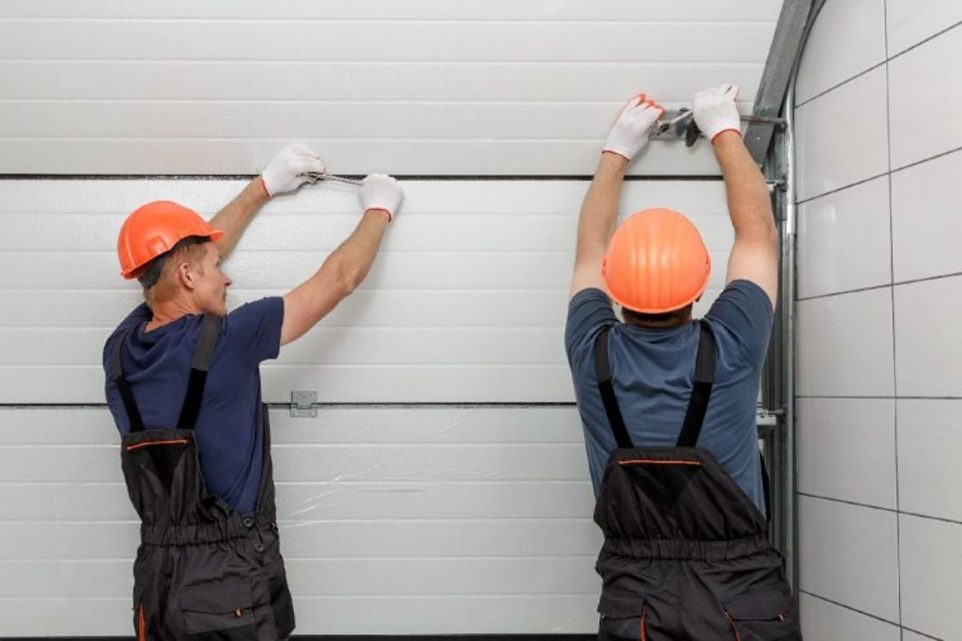Tailgate and Liftgate Repairs You Can Easily DIY

Are you looking for tailgate or liftgate repairs you can easily do yourself? If so, you’ve come to the right place. In this post, we’ll cover everything you need to know to tackle these repairs independently. Whether you’re dealing with tailgate or liftgate issues, we’ll tell you what tools you’ll need, how to diagnose the problem, and the steps to take for a successful repair.
We’ll also provide you with a detailed guide on how to safely and effectively replace and repair the parts of the tailgate or liftgate. With our help, you’ll be able to save money and get your vehicle back in working order in no time. So, let’s get started!
Necessary Tools for DIY Repairs
You will need basic hand tools, such as a socket wrench set, screwdrivers, hammer, pliers, chisel or utility knife, wire stripper or cutter, and hammer to start making a liftgate and tailgate repair. Depending on the type of repair you’re tackling, you may also need additional specialty parts, such as a tailgate assist kit or shock absorber for reversed springs on some models. You can acquire tools from most local hardware stores and online specialty sites specializing in car and truck maintenance products. You should ensure you have a complete set of tools before starting.
Tailgate Repairs
If your tailgate hinges are loose or have come out completely from the frame, you must reattach them properly using a socket wrench set. You may need access to specialized bolts to secure the hinges back into place for them to function properly.
The latch on the tailgate is essential for keeping it in place when closed. For a latch does not function properly or has become damaged due to regular wear and tear, you can easily adjust it using a screwdriver or replace it altogether. If you’re struggling with regular adjustments or replacements of the latch due to its difficult location on the back of the frame, consider adding a tailgate assist kit to help easily open and close the tailgate.
Suppose you encounter a broken lock cylinder or one that is no longer functioning properly. In that case, you must take apart your lock cylinder to replace it with an identical keyed replacement lock cylinder from your local hardware store or auto parts supplier. This process should include removing screws from the lock cylinder’s base to remove its interior mechanism before replacing it with another lock cylinder that fits your specifications.
Liftgate Repairs
If your liftgate springs have become disconnected from either the door or from their frame attachment point, then you will need to reattach them using either your hands or a specialty tool. You can purchase a specialized spring compressor tool designed for liftgate spring replacement online or at most local auto parts retailers. Ensure all springs are correctly attached before testing the operation of your liftgate once again.
If your current locks on the liftgate door are no longer operating properly, you simply need to adjust them using a screwdriver to tighten them onto their respective mounting points on either side of the door before testing their functionality again. If this does not work, you will most likely need to replace them with new locks purchased from an auto parts retailer, which should match up with your existing compatible locks to function correctly once installed on your vehicle’s liftgate door frame.
Replacing struts on the liftgate requires either wrenches or sockets, depending on which strut is being replaced. It’s often quite difficult unless done by an experienced mechanic, as improper installation can cause further damage to surrounding components if not done correctly. It is best practice to take pictures while disassembling so that assembly with the new struts is quickly and correctly completed. The struts acquired from an auto parts retailer should resemble the exact size and model specifications needed for successful installation within your vehicle’s liftgate system.
Troubleshooting Common Liftgate Malfunctions
Before attempting any repairs on your liftgate system, it’s important to check for broken or malfunctioning connections. This will help professionals diagnose any potential issues more easily if further troubleshooting becomes necessary in the future. Additionally, inspect the tracks for signs of wear and tear, as this could be causing malfunctions in the lifting mechanism, such as a lack of power during opening and closing operations.
To ensure the longevity of your liftgate system, it’s essential to properly lubricate all moving parts, both inside and out. This will facilitate smoother movement between interconnected components and prevent excessive force during the manual operation of the liftgates.
If you notice components that are too tight against each other during operation, adjusting the roller positions within the liftgate system may be necessary. Insufficient space between tracks can lead to slower speeds and increased vibrations when opening and closing the liftgate.